Part 3 of a series
We awoke early this morning and went to the wildlife refuge at the backside of Barra de Navidad, a place seldom frequented by tourists but a hotspot for migratory waterfowl. A beautiful place to watch the sunrise and the sometimes extraordinary birds that appear there; once I saw several very large waterfowl that I didn’t recognize, over a meter in height. Today there were a pair of graceful blue herons fishing for breakfast; we observed them quietly before hitting the road north.
Today was the day we’d arrive in Cuixmala, the mysterious coastal refuge that was the high point of our trip. But first, we had a bit more coast to explore.
Our first stop was Manzanilla – Not to be confused with Manzanillo, pop. 161,000, the city just to the south of Barra that’s home to a collection of glitzy resort hotels and an industrial port, La Manzanilla, pop. 2,000, is a tiny fishing village on the edge of a nature reserve that is home to an estimated 300 American crocodiles. Don’t let that deter you, however; you have to really go looking for them. What’s more visible are the soaring flocks of pelicans, the wave-dodging sandpipers and sideways-skittering hermit crabs.
I had been to this beach more than a decade ago when I came to visit friends in Guadalajara; we took a road trip that would be the first of many for that young couple, who later married and had a lively little boy. My memories of the night we spent here are filled with music and laughter. I remembered awakening on a beautiful sandy beach near a line of simple outdoor thatch-roofed restaurants, having breakfast of shrimp ceviche and hiking along the beach. That was in January, at the height of the tourist season; today, in late October, it couldn’t have been more different. Today the beach was covered in driftwood and gravel – still beautiful, but very different from the Manzanilla I remembered. High season had not yet begun and we had the beach almost to ourselves. We played beachcomber, picking through the gravel for beautiful smooth stones of many colors and forms and the occasional shell.
A local fisherman saw us hiking down the beach and stopped to apologize for the “ugliness” of their beach, explaining that the hurricanes that summer had robbed them of much of their sand and left all these rocks. I protested the use of the word “feo;” the rolling waves, the diving pelicans, the stunning cliffs that bookmark both ends of this little bay are just as beautiful as they ever were, and for those who prefer sand, there’s still plenty of that to be had, as well. He thanked us, visibly relieved, and went on his way.
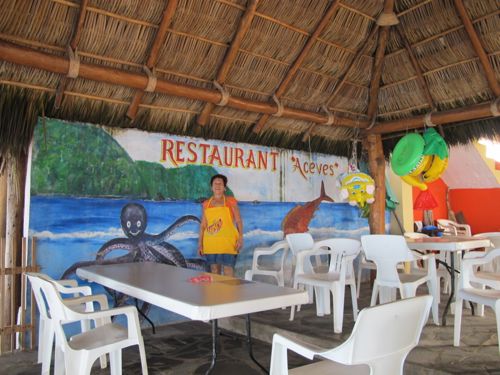
We ended our Manzanilla visit with a big breakfast right on the beach at Doña Chuy’s, otherwise known as Restaurante Aceves – scrambled eggs a la Mexicana, refried beans, roasted plantains, fresh cheese, fresh-squeezed orange juice, and attentive hospitality from La Doña herself, for around $3 apiece. The seashells were free.
Time to hit the road and head for the long-awaited Cuixmala. But first, we decided that we had to make a stop at Tenacatita. After hearing Alejandro’s story and learning of the lawsuit, the closing and reopening of the beach and all the controversy that had ensued, we needed to see what was actually there. (Backstory here…)
We were greeted by a couple of severe-looking security guards. One of them approached us and informed us that we were allowed to enter the beach but that there were no services, and that we must not pass over into the private property. He gestured to a cyclone-fenced area maybe 100 meters ahead.
We parked to have a look around. Aside from the security guards and an abundance of waterfowl, we were the only ones there on that windswept beach. The scenery was indeed spectacular; massive rock formations jutted from the edges of the bay, while a long expanse of foamy waves beat against the golden sand. Pelicans preened and stretched, enjoying the solitude.
A sad, surreal air redolent of good times long gone suffused the breeze as we turned our backs to the sea and surveyed the abandoned buildings that remained of what had evidently been a major deconstruction project. All that was left of a long line of simple outdoor restaurants were a couple of big, empty cement-block buildings. One was painted lavender; another had an enormous thatched roof. Off in the distance was one that looked to have been a small hotel.
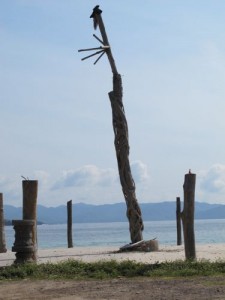 Later on, I went on the web and researched the whole sad story. A real estate company owned by a powerful businessman with ties to the governor claimed ownership of the entire beach and on Aug. 4, 2010, company officials entered the property with state police and evicted all the residents. A cyclone fence was installed over the road and heavy equipment was brought in to destroy all but a few of the homes and businesses. Families who had lived and worked there for up to 40 years lost their homes and livelihoods. They began a movement, Tenacatita Libre (Free Tenacatita), and marched on the state government offices, filing an appeal, but it languished until this past May, when officials from the local ejido, or communal land group, traveled to Mexico City to file a complaint with the federal government.
Later on, I went on the web and researched the whole sad story. A real estate company owned by a powerful businessman with ties to the governor claimed ownership of the entire beach and on Aug. 4, 2010, company officials entered the property with state police and evicted all the residents. A cyclone fence was installed over the road and heavy equipment was brought in to destroy all but a few of the homes and businesses. Families who had lived and worked there for up to 40 years lost their homes and livelihoods. They began a movement, Tenacatita Libre (Free Tenacatita), and marched on the state government offices, filing an appeal, but it languished until this past May, when officials from the local ejido, or communal land group, traveled to Mexico City to file a complaint with the federal government.
The government responded, making the beach public and granting a concession to operate businesses to the county government for construction of a boardwalk. Former residents, however, are still not authorized to return to the land they say is theirs, and the legal disputes continue. A documentary was released in October and the story has been documented here and here.
Meanwhile, after our visit, the mayor opened a campground nearby with necessary facilities, and it is now legal to camp and recreate on the beach. The former residents and business owners are not allowed to take back their old spots, and the legal disputes continue; there are no more seafood restaurants on the beach, and its development future is a big question mark. But while it’s all sorted out, the beach, at least, is free and open to the public.

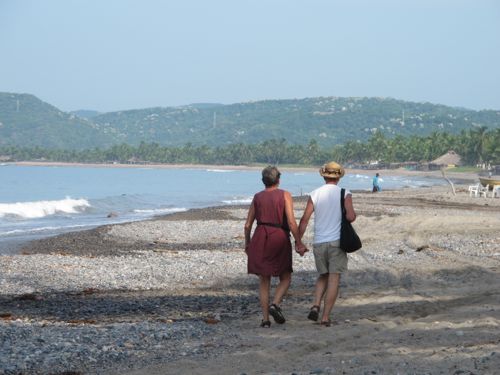
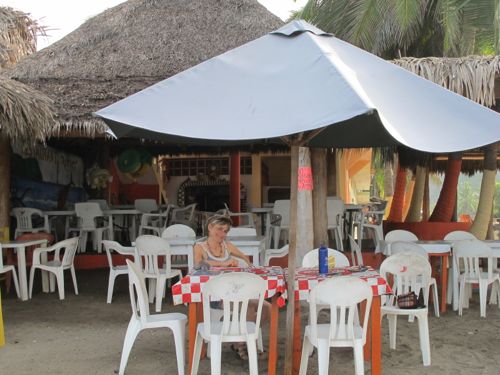


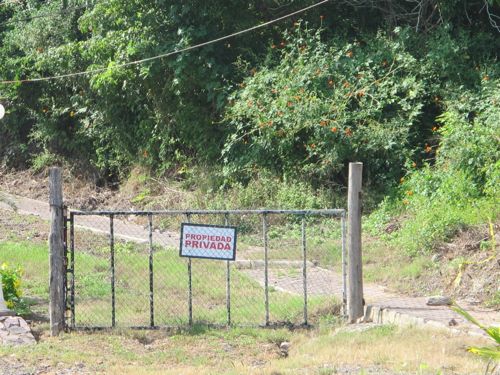
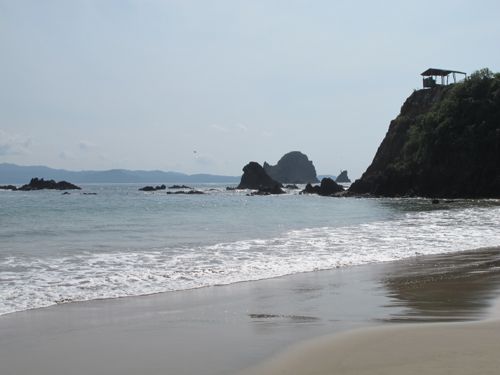
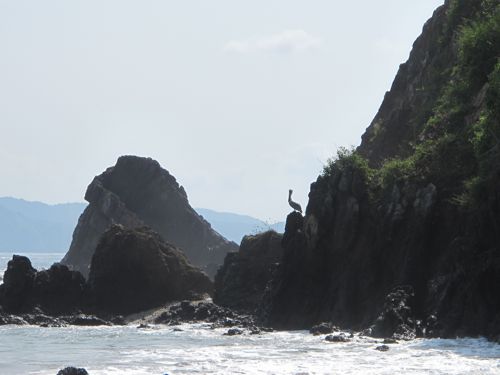
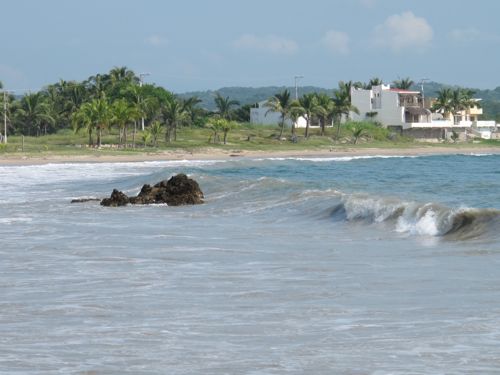
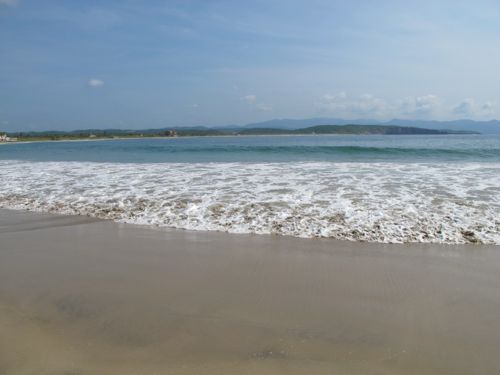
Leave a Reply